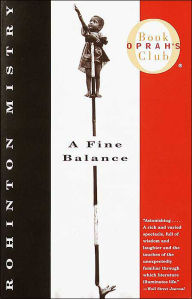John Lithgow is the New York Times bestselling author of I Got Two Dogs; Mahalia Mouse Goes to College; Marsupial Sue Presents: The Runaway Pancake; I’m A Manatee; Micawber; Marsupial Sue; The Remarkable Farkle McBride; and Carnival of the Animals. An award-winning actor, he has starred on stage, film, and television. He performs concerts across the country and has recorded the CDs Farkle and Friends, Singin’ in the Bathtub, and The Sunny Side of the Street. Visit John at JohnLithgow.com.
Boris Kulikov, a former set and costume designer in St. Petersburg, Russia, was chosen as a Flying Start by Publishers Weekly. He has also illustrated Morris the Artist by Lore Segal, The Perfect Friend by Yelena Romanova, and Carnival of Animals by John Lithgow. He lives in Brooklyn, New York.

















